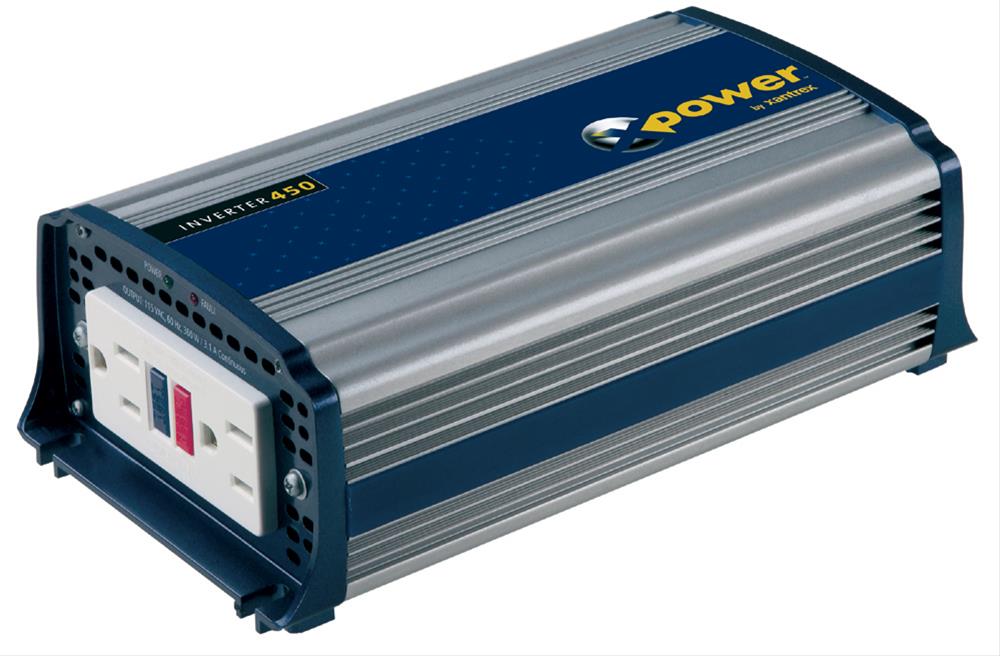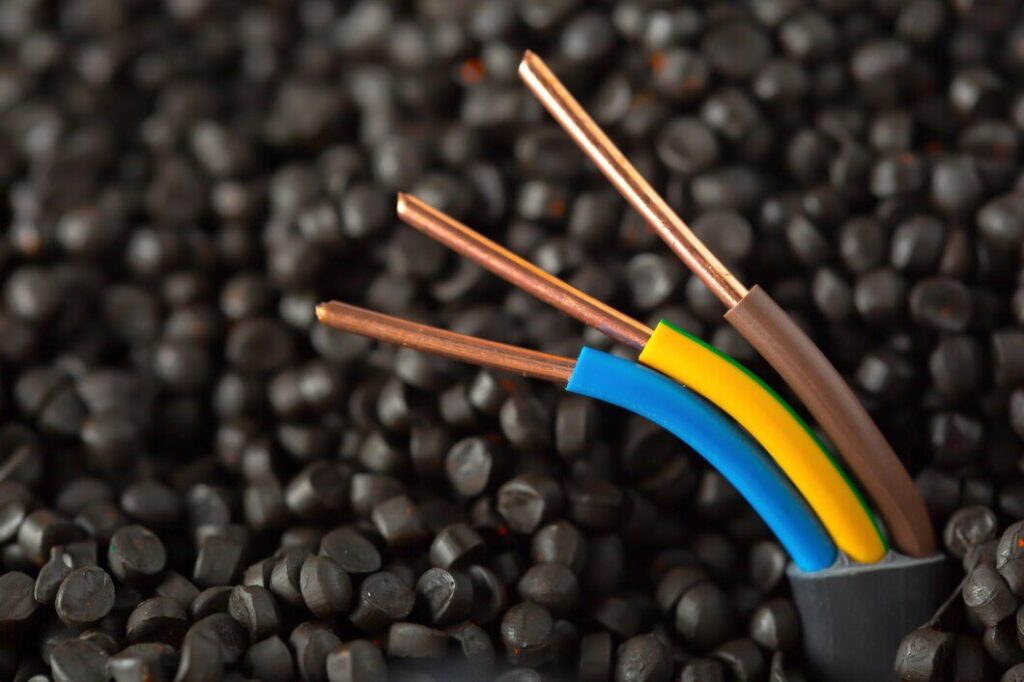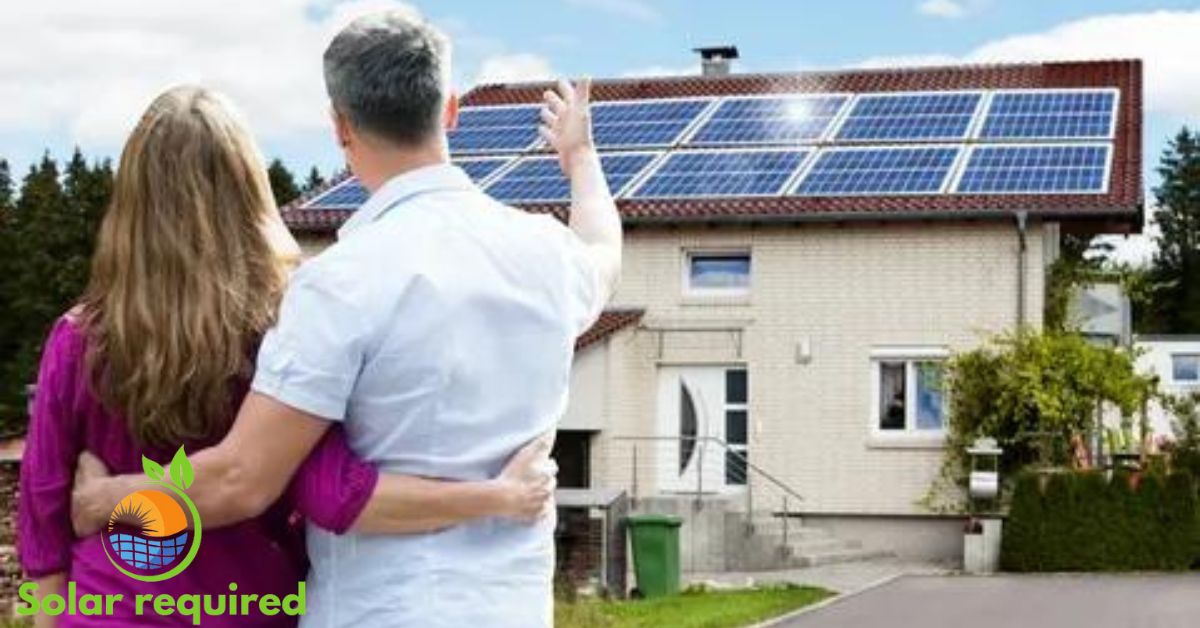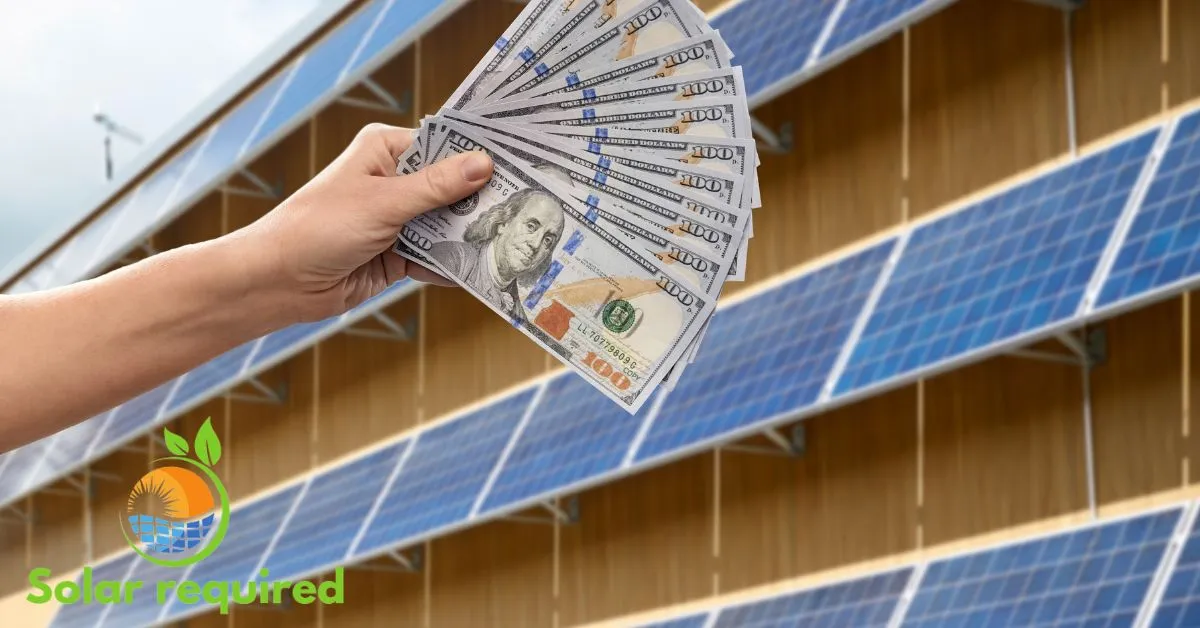One common and environmentally friendly energy option is solar power. What happens, though, if they quit functioning? Homeowners who use solar energy to cut their bills and carbon footprint may get annoyed by this problem. Numerous factors might cause solar panels to malfunction, ranging from straightforward maintenance concerns to intricate electrical issues. It is essential for everyone investing in solar energy systems to comprehend these typical issues.
It’s critical to know how to check for flaws in solar panels. We must ensure they are operating correctly to solve this risk. This post will examine the causes of solar panel malfunctions, including issues after blackouts. It will also include information on troubleshooting solar panel issues and proposing remedies. By understanding these aspects, homeowners can ensure their solar systems work well and get the expected benefits.
Zero Power Output Issues
When solar panels produce no power, it can be frustrating for homeowners. This issue affects many users, with 6 out of 10 customers reporting zero power output concerns. However, the root cause often lies beyond the panels themselves. Three main culprits are typically responsible for this problem:
Faulty Inverter
The inverter is crucial in converting DC electricity from solar panels into usable AC power for homes and businesses. When an inverter malfunctions, it can lead to a complete loss of power output. Common inverter faults include:

- Overcurrent errors: These occur when the current flowing through the inverter is too high possibly due to a short circuit or faulty panel.
- Undervoltage errors: These occur when the voltage supplied to the inverter is too low, often caused by a weak battery or faulty panel.
- Islanding errors: This safety hazard occurs when the inverter continues to operate despite being disconnected from the grid.
- Overheating: High internal temperatures can cause inverter shutdown, often due to faulty fans or blocked ventilation.
Broken Charge Controller
The charge controller regulates electricity flow from solar panels to batteries or the grid. A malfunctioning charge controller can prevent current flow, resulting in zero amps. To address this issue:
- Check for visible damage or debris on solar panels.
- Inspect DC input connectors for loose or damaged wires.
- Test the open voltage circuit of the solar array to ensure it’s within normal limits.
Open Circuit Problems
An open circuit occurs when the electrical circuit is incomplete or improperly configured, obstructing current flow despite voltage presence. Common causes include:
- Reversed terminal connections: Incorrectly connecting positive and negative terminals can lead to an open circuit.
- Solar panel shading: Obstructions like trees or buildings can create an open circuit, reducing or stopping current flow.
- Tripped circuit breakers: System overload exceeding the inverter’s surge capability can cause a shutdown.
It’s best to get help from a solar technician to fix these issues. They can safely diagnose and repair the problem.
Low Voltage Concerns
Low voltage issues in solar panels can significantly impact their performance and efficiency. These concerns stem from several factors, including the PID effect, wire length and thickness, and connection losses.
PID Effect solar panel problem
Performance degradation from a negative potential to the ground is called potential-induced degradation (PID). It’s also known as a solar yield killer. After installation, it grows inside solar modules and may result in a reduction in power capacity. Positive ions like sodium are drawn to the negative potential, which causes surface polarization and shunting. In the worst-impacted panels, this process causes a 30-80% yield loss by interfering with junction functionality.
System voltage, humidity, and cell temperature all affect PID. This influence can be irreversible or reversible, and either way, it will have a disastrous impact on PV system economies, operations, and financing. PID influence is more likely to affect modules close to the negative side of the string.
Wire Length and Thickness

The length and thickness of connecting wires are crucial in voltage output. Longer wires have higher resistance, leading to voltage drop. According to Ohm’s Law, voltage drop is proportional to current and wire resistance. To minimize voltage drop:
- Keep wires short: Reduce the distance between solar panels and batteries or loads.
- Use appropriate wire size: Calculate the proper wire gauge based on the length and expected current.
- Consider panel-mounted micro-inverters: These convert DC to AC closer to the source, reducing I^2*R losses.
Connection Losses

Connection losses can occur due to various factors, including:
- Improper wire sizing: Calculating maximum currents and applying safety factors is crucial.
- Voltage drop: Use voltage drop calculators to ensure the wire gauge is appropriate for the distance.
- Combiner box placement: Position charge controllers close to batteries to minimize energy loss.
To fix these issues, use online voltage drop calculators. Then, adjust panel configs to optimize wire costs and efficiency. Solar panel owners can ensure their systems run at peak performance by addressing these low-voltage concerns.
Performance Degradation Factors
Solar panels experience various factors that can lead to performance degradation over time. Understanding these issues is crucial for maintaining optimal energy production.
Hotspots
Hotspots occur when certain solar panel areas overheat due to uneven sunlight distribution or shading. This phenomenon can significantly reduce power output and potentially cause long-term damage. Hotspots can break glass, melt underlying sheets, and, in extreme cases, fire. Factors contributing to hotspot formation include:
- Shading from nearby objects
- Soiling from bird droppings or debris
- Module damage during manufacturing or installation
- Internal design defects
- External factors like extreme weather conditions
To prevent hotspots, we must: 1. Install panels properly. 2. Clean them regularly. 3. Invest in high-quality panels with hotspot control.
Snail Trails
Snail trails are discoloration patterns that appear on solar panels resembling snail tracks. They result from moisture ingress and chemical reactions within the panel. Snail trails don’t show power loss right away. But they can reduce power over time. Studies suggest that snail trails can affect power generation by up to 30% of nameplate ratings.
Age-Related Efficiency Loss
Solar panels naturally degrade over time, losing about 0.5% to 0.8% of their efficiency annually. This process, known as “solar panel efficiency decline,” is influenced by three main factors:
- Light-Induced Degradation (LID): Initial efficiency drop of 1-3% when first exposed to sunlight
- Potential-Induced Degradation (PID): Caused by voltage heat and humidity
- Age-Related Degradation: Natural wear of materials and components over the panel’s 25-30-year lifespan
Knowing these factors helps set realistic expectations for long-term solar energy production.
Troubleshooting Steps issues
Visual Inspection
A comprehensive visual check is essential to identify possible problems with solar panels. This entails checking the surface for any cracks, dirt, or debris that could block sunlight and reduce efficiency. It’s critical to look for cell flaws that could impair efficiency, including tiny cracks or fractured fingers. Also, check the rear sheet for environmental damage or manufacturing flaws.
Testing for voltage and current
Measure the DC voltage with a multimeter to test the solar panels. Make sure the panel is in direct sunlight. Then, touch the positive probe to the positive connector and the negative probe to the negative connector. Take a reading of the open circuit voltage (VOC) and match it with the label on the panel. Next, measure the short circuit current (ISC), ensuring the multimeter’s current rating exceeds the panel’s ISC. If readings are close to the panel’s specifications, it’s likely working fine.
Professional Assessment
If troubleshooting steps don’t resolve the issue, seek professional help. Technicians can identify more complex problems, such as inverter malfunctions or wiring issues. They can also assess dangerous and destructive hot spots using specialized equipment. A professional assessment is vital for system safety and efficiency, especially for electrical components and warranty issues.
Conclusion
Homeowners may struggle with solar panel issues. But a healthy system requires knowing the common problems and their fixes. Many factors can impact the efficiency of solar panels, ranging from zero power output to performance decline. By being aware of these problems and learning to address them, you can ensure that your solar energy investment pays off in the long run.
Your solar panels need to be properly maintained and troubleshooted regularly. Regularly check your system’s health. A simple visual inspection or some voltage tests can help. It can prevent minor issues from becoming major ones. And don’t be afraid to consult the experts when in doubt. Their expertise can be invaluable in solving tricky issues and keeping your solar setup working at its best for years to come.
FAQs
What causes solar panels to malfunction?
Solar panels degrade by 0.5% to 3% each year. This is due to natural factors like thermal cycling, damp heat, humidity freeze and UV exposure.
What is a frequent issue with solar panel systems?
A common issue with solar panels is connection problems, often due to faulty wiring. This includes loose connections between the wires and the solar panels or inverter terminals. Corrosion, damage or poor installation can cause these.
Why might a solar panel produce no power?
A lack of power from solar panels can often be traced back to a faulty inverter or charge controller. Additionally, a malfunction in a single panel within a series-connected PV array can cause the entire system to shut down.
How can you resolve issues with solar panels? To fix solar panels that are not producing power, try these steps: clean them, remove any new obstructions blocking sunlight, and service or replace faulty inverters.


